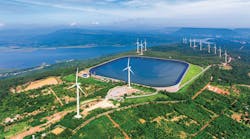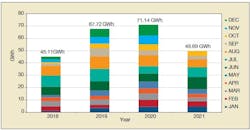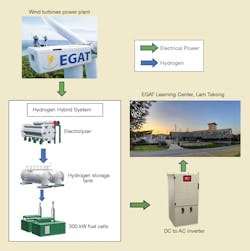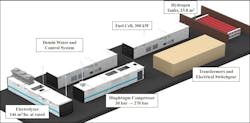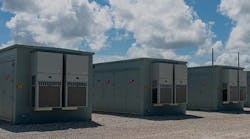Wind Energy Growth
The security of energy has been a major issue for Thailand, as more than one-half of its energy production relies on natural gas. With the depletion of natural gas reserves and in consideration of its COP26 commitments, the Thailand government has stepped up to diversify the country’s electricity generation from renewable energy resources, particularly solar energy and wind power generation capacity.
Subsidies For More Growth
A new FiT subsidy is expected to be lower than the previous subsidy, and competitive bidding will reflect the drastic cost reductions in wind turbine technologies. This reduction will enable wind energy markets to determine the actual price wind energy projects should be paid and minimize the risk of excessive subsidizing. The goal is to attract the development of wind energy and forge strong partnerships with the wind energy industry. The new subsidy will undoubtedly strengthen wind energy production and generation capacities across Thailand.
Regional Wind Potential
Wind Challenges
Power Plant Case Study
In addition, the second phase of this project was enhanced with the installation of hydrogen fuel cell technology, with a magnitude of 300 kW among other specifications. Energy production from wind turbines is used to separate water into hydrogen and oxygen. The hydrogen is then transferred to the fuel cell to generate electricity. The fuel cell was intended to supply the EGAT learning center in the area. The total cost of the fuel cell system was around 234 million (US$6.79 million)The EGAT wind hydrogen hybrid system with fuel cell technology was not only the most significant project in Thailand but also a first for Asia. The project will help to stabilize energy generation from renewable energy and diversify the mixture of electricity generation in response to the Thailand’s policy.
